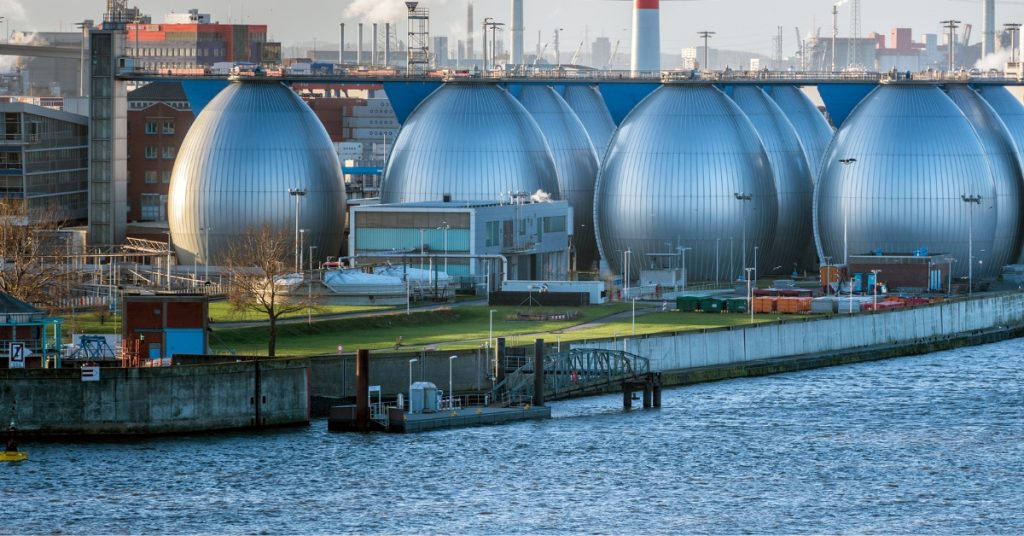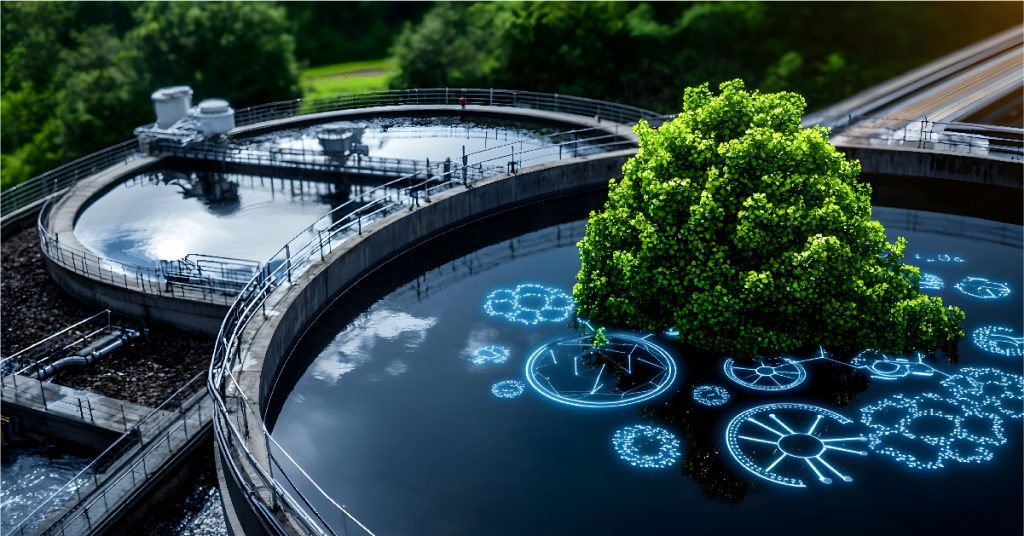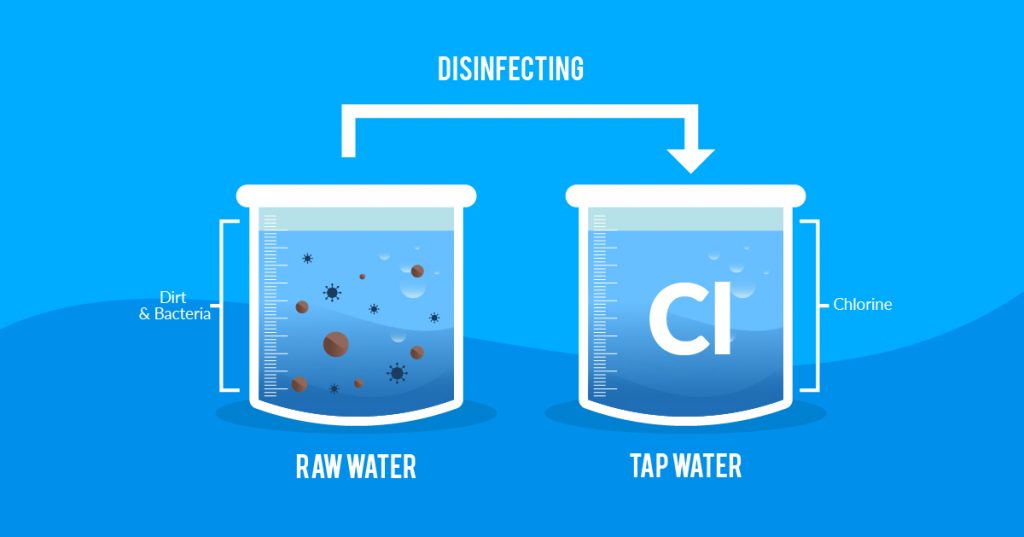As water scarcity becomes a pressing issue in many parts of the United States, particularly in arid and coastal states, desalination plants are emerging as a vital solution. These facilities convert saltwater into potable water, providing a sustainable source to meet rising residential, agricultural, and industrial demands. But what is desalination, how do these plants operate, and where are they most useful in the American context?
This article explores the working process of a desalination plant and the key sectors and regions benefiting from desalination of seawater across the U.S.
What is Desalination?
Desalination is the process of removing salts and other impurities from saline water to produce fresh, drinkable water. While this technique has been widely used in water-stressed regions like the Middle East, its adoption is steadily increasing in the U.S. due to growing drought conditions, particularly in states like California, Texas, and Florida.
When people ask, “What is desalination?”, the most straightforward answer is: it’s a water treatment method that makes ocean or brackish water safe for human use. However, modern desalination involves complex engineering, energy systems, and environmental safeguards.
The Desalination Plant Process: Step-by-Step
A desalination plant typically follows a multi-stage process to ensure water is not only desalinated but also safe for consumption and use. Here’s how it works:
1. Intake
Seawater or brackish water is drawn in from a natural source—typically an ocean, estuary, or saline groundwater well. In coastal desalination of seawater, intake structures are designed to minimize environmental impact and avoid harming marine life.
2. Pre-treatment
Before desalination can occur, the water is filtered to remove large particles, sediments, algae, and organic matter. This step protects the membranes or distillation systems used in the core process.
3. Desalination
There are two main technologies used:
- Reverse Osmosis (RO): This is the most common method in modern U.S. desalination plants. It involves forcing seawater through semi-permeable membranes that block salt molecules but allow water to pass.
- Thermal Desalination: Less common in the U.S. due to higher energy use, this method involves evaporating seawater and condensing the steam to produce fresh water.
4. Post-treatment
After desalination, minerals like calcium or magnesium may be reintroduced to improve taste and stabilize the water. Disinfection with chlorine or UV light ensures the water is microbiologically safe.
5. Brine Disposal
One of the critical environmental challenges of desalination of seawater is managing the leftover salt concentrate (brine). This is typically diluted and discharged back into the ocean through carefully designed outfalls.
Key Applications of Desalination in the USA
Given the geographical and climatic diversity of the United States, the applications of desalination plants vary by region and sector.
1. Municipal Water Supply
In drought-prone areas like Southern California and parts of Texas, desalination of seawater provides a stable supplement to traditional sources like rivers and reservoirs. Cities like Carlsbad, CA, operate some of the largest desalination plants in the Western Hemisphere, supplying tens of millions of gallons daily.
2. Agricultural Irrigation
While desalinated water is more expensive than freshwater, it can be used strategically in high-value crop irrigation where other water sources are unreliable or depleted. Blended solutions (mixing desalinated and recycled water) are increasingly explored for sustainable farming.
3. Industrial Applications
Industries such as power generation, chemical manufacturing, and oil refining often require ultra-pure water. In coastal zones where freshwater is scarce, desalination plants offer a consistent and scalable water source for these operations.
4. Military and Emergency Use
The U.S. military uses portable desalination units for missions in water-scarce regions. Additionally, FEMA and state agencies have started deploying mobile desalination systems for disaster relief during hurricanes and other emergencies where clean water infrastructure is compromised.
5. Tourism and Hospitality
Coastal resorts and remote island communities, such as those in the Florida Keys and Puerto Rico, often rely on desalination of seawater for their daily water needs. This ensures independence from strained municipal supplies.
Desalination in Numbers: The U.S. Landscape
- The U.S. currently has over 400 desalination plants, with a combined capacity of over 2 billion gallons per day.
- Florida leads in brackish water desalination, while California and Texas focus more on desalination of seawater.
- According to the EPA, desalination will continue to grow as a climate-resilient water source, especially in coastal states.
The Role of Ion Exchange in Water Treatment
Ion Exchange, a leading company in the water treatment industry, offers a comprehensive range of products and solutions for desalination plants and wastewater treatment facilities. With over two decades of pioneering experience, Ion Exchange has anticipated the impending water scarcity by advocating for water recycling and integrating various separation processes, including physico-chemical, biological, and membrane methods, to maximize water recovery.
Recognizing the need for alternative water sources due to limited freshwater availability, Ion Exchange took a significant step in 1997 by commissioning India’s largest seawater reverse osmosis plant. Since then, the company has continued to develop and install large-capacity desalination plants for clients in India and abroad, providing sustainable solutions to the global water crisis.
Ion Exchange’s Innovative Product Range
Ion Exchange offers a diverse range of products and solutions for water treatment, including:
MEMBRANE SOLUTIONS
- Reverse Osmosis: Reverse osmosis (RO) is a technique that converts seawater into freshwater by forcing it through specialized membranes using unique filters. These membranes keep the salt out. RO is easy to expand for more water, and can use less power if we add energy-saving systems. But it’s important to clean the seawater first, so the filters work well. With energy-saving systems, we can use 30 to 40 percent less power. Therefore, reverse osmosis (RO) is an effective method for obtaining fresh water from seawater.
- Electrodialysis: Electrodialysis is a technology that employs specialized membranes and electricity to separate salts from seawater, serving purposes beyond producing drinking water. This process can also be utilized to produce salt, desalinate soy sauce, and recover valuable substances from saline wastewater. Therefore, its applications extend well beyond just drinking water, encompassing various other beneficial uses.
THERMAL SOLUTIONS
The thermal process mainly uses three different technologies: MSF, MED, and MVC. Their Thermal Power JV between NTPC and TNEB boasts a capacity of 19.8 MLD for 3 x 500 MW units. All three processes are equipped with condenser tube bundles, which are energy-efficient and adaptable to different heat sources.
- Multi-Stage Flash Evaporation (MSF): MSF involves heating seawater in successive stages to evaporate water and collect distilled water. It operates at a higher temperature range of 90 to 110°C.
- Multi-Effect Distillation (MED): MED employs multiple evaporation stages at reduced temperatures to minimize energy consumption. It is highly reliable, adaptable, and has low maintenance costs.
- Mechanical Vapor Compression (MVC): MVC relies on compressing vapor to evaporate water, making it a reliable and simple-to-operate technology.
These products are designed to meet the varying needs of desalination plants and other water treatment facilities, ensuring a reliable supply of clean water. In addition to these technologies, their Oil & Gas plant has a capacity of 26.4 MLD, their ceramics plant has a capacity of 1.5 MLD, and their fertilizer plants have a capacity of 40 MLD.
Conclusion
The question “What is desalination?” no longer just applies to distant deserts or isolated islands. It is a growing reality and necessity for many parts of the United States. With advanced treatment processes and expanding applications, desalination plants are poised to play a major role in building water resilience for the future.





